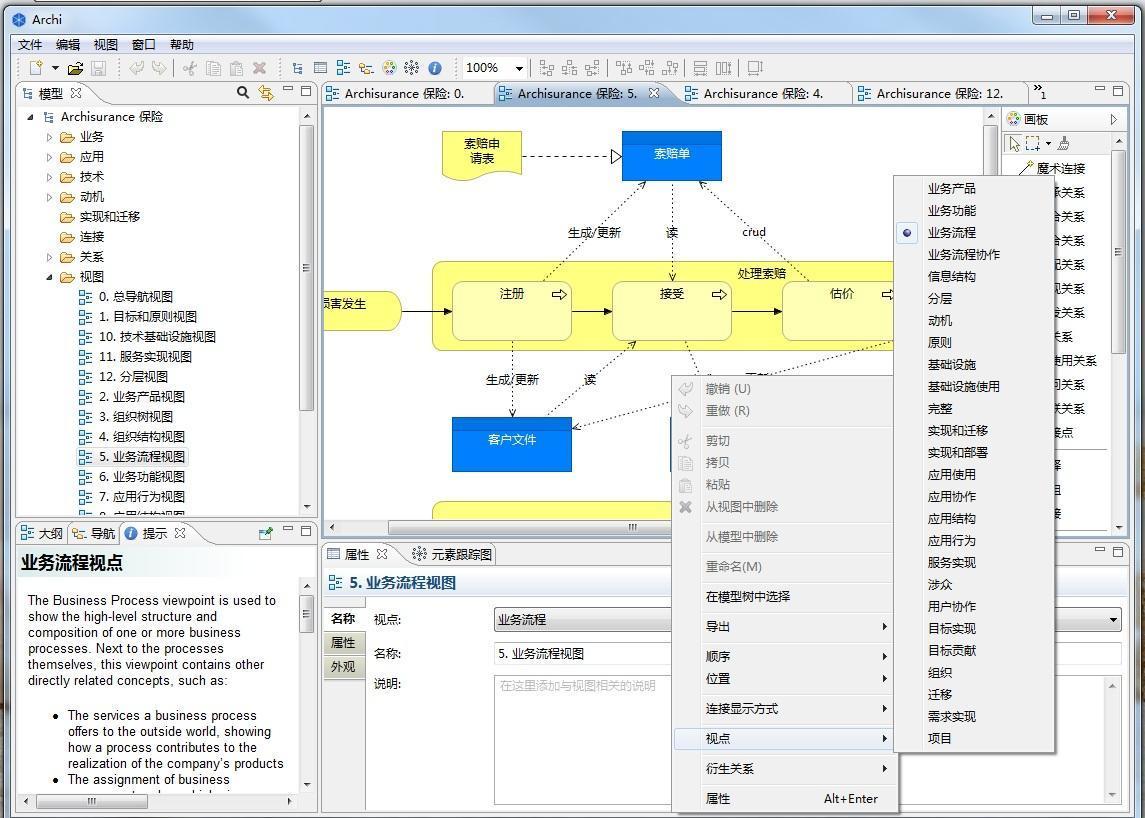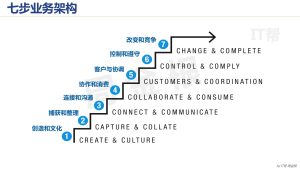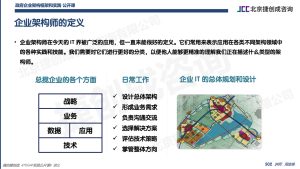Do you feel like you spend too much time in meetings? Are you drowning in a sea of apps and tools? You’re not alone. A recent survey by Asana (The Anatomy of Work – Global index 2023 5) found that unnecessary meetings and app overload are major time-wasters for knowledge workers. But the solution isn’t more meetings or more apps – it’s optimized processes.
The TRAC framework (by Alec Sharp, Senior Consultant at Clariteq) is a powerful tool for discovering and scoping business processes.
By breaking down processes into Trigger, Results, Activities, and Cases, businesses can identify what delivers value to stakeholders and streamline their operations.
This can lead to considerable time savings – according to the Anatomy of Work survey, knowledge workers estimate that 4.9 hours per week could be saved if they had improved processes

The first step in the TRAC framework is to identify the desired results or “happiness points” – where a result is delivered to one or more stakeholders. These happiness points can be anything from delivering a project to closing a sale.
Once you’ve identified your happiness points, the next step is to identify what triggers each happiness point. These triggers are events or requests that initiate a process.
Once you’ve identified your process triggers, the next step is to identify the activities, or set of actions, that are performed to deliver each happiness point. These activities are tasks or steps that transform inputs into outputs.
It’s important to be specific and detailed when identifying activities, so you can streamline and optimize each step of the process.
Finally, it’s important to identify the cases, also called process variations, that impact the different activities. These cases are variations or exceptions that affect how an activity is performed.
By identifying and addressing these cases, you can ensure that your process is efficient and effective, and that you’re delivering value to your stakeholders.
One way to implement the TRAC framework to optimize processes is to use a project management tool like Asana. With Asana, businesses can easily track tasks and workflows, assign responsibilities, and collaborate more efficiently.
For example, you can use a form to capture all the necessary information and act as the trigger. Then, use custom fields to determine the different cases and add the needed subtasks (activities) to the task as required by each case.
The desired result can be a question in the form that can be used as the task name or added to the task description. The added benefit of using Asana is that it also allows teams to set deadlines and assign tasks, reducing the need for unnecessary meetings.
According to the Anatomy of Work survey, unnecessary meetings account for 2.8 hours per week for the average knowledge worker, and 3.6 hours per week for those in leadership roles.
Even higher, those in Director+ roles say they could save 5.6 hours/week if companies improved processes.
Asana also helps teams avoid app overload by providing a single platform for communication and task management. This can lead to better collaboration and fewer missed deadlines.
According to the Anatomy of Work survey, 25% of knowledge workers using 16 or more apps miss messages and actions, compared to 8% for those using 1-5 apps and 15% for those using 6-15 apps.
By using the TRAC framework and a project management tool like Asana, businesses can optimize their processes and collaborate smarter. This can lead to significant time savings and better results. So why not try it out and see the benefits for yourself?



